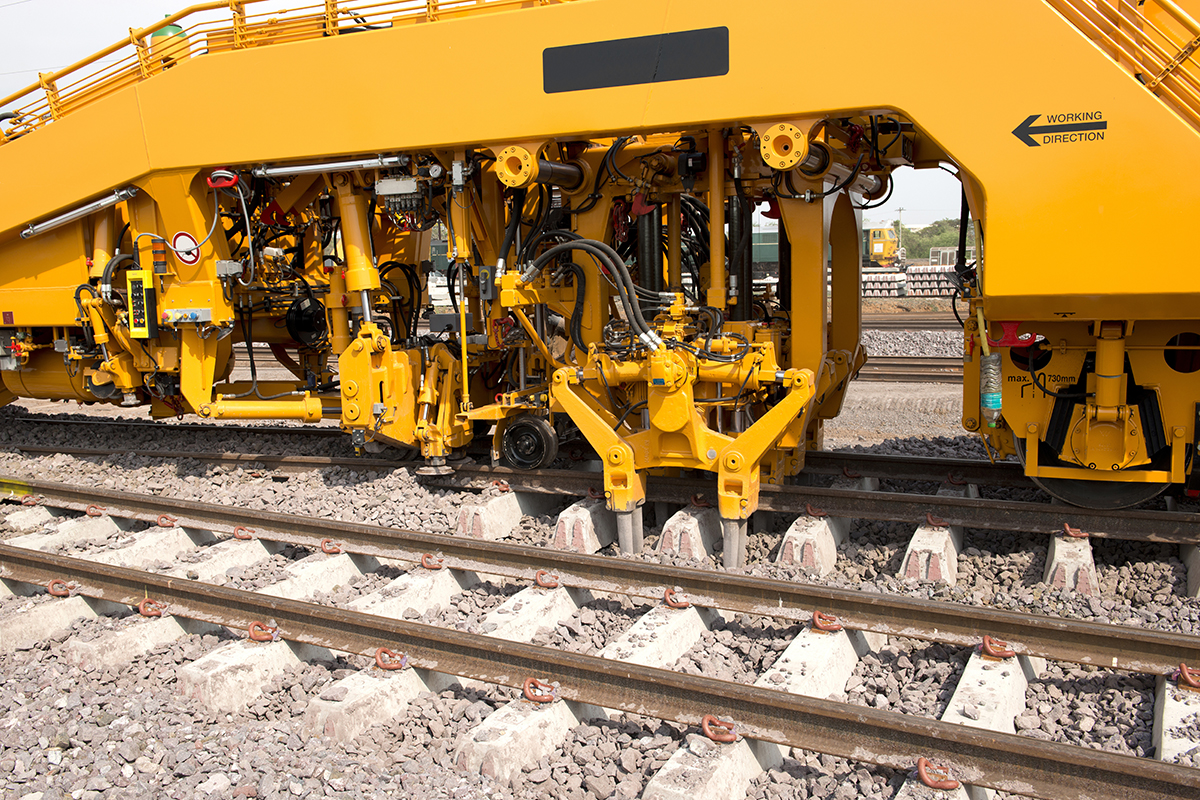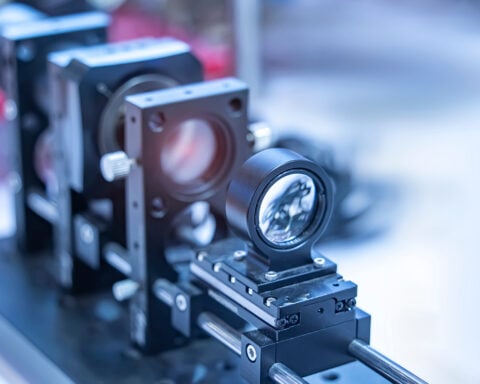JR West is transforming railway maintenance with the introduction of advanced humanoid robots, marking a significant step towards addressing labor shortages and enhancing safety across its extensive railway network.
This month, JR West will begin deploying large Mecha-style robots to handle a variety of maintenance tasks. These tasks include painting overhead structures and removing tree branches that block the tracks. These robots are not only powerful but also versatile, capable of lifting up to 40 kilograms (88 pounds) and reaching heights of up to 12 meters (39 feet). With a range of tools at their disposal, these agile machines are prepared to perform numerous essential jobs to ensure the railway system’s integrity and safety.
The operation of these robots combines advanced technology with human oversight. Each robot is controlled by a human operator from an accompanying truck. Using a joystick and VR goggles linked to a camera mounted on the robot’s head, the operator can precisely guide the robot’s movements. This setup allows for detailed and accurate task execution, improving the efficiency and safety of maintenance work.
A video demonstration showcases the robot’s capabilities, such as wielding a circular saw to trim tall trees. This visual evidence highlights the safety and effectiveness of these robotic workers, alleviating concerns about their reliability in handling demanding tasks.
The development of this technology was a collaborative effort between JR West, robotics company Jinki Ittai, and tech company Nippon Signal. The primary goals were to enhance employee safety and reduce the risk of work-related accidents. By taking on physically demanding and potentially dangerous tasks, the robots help protect human workers from harm.
Introducing these robots also addresses Japan’s significant labor shortages. With around 29 percent of the population over the age of 65, Japan faces a demographic challenge that impacts many sectors, including railway maintenance. The aging workforce has led to a decline in available labor, causing economic strain. By employing robots to fill these gaps, JR West aims to alleviate some of this pressure and ensure that their railway system remains well-maintained and operational.
This innovative use of robotics offers a new perspective on technology in the workplace. While robots and new technologies are often criticized for displacing human workers, JR West’s approach demonstrates how they can complement the workforce, particularly in scenarios where there are not enough human workers to meet demand. This strategy not only addresses immediate labor shortages but also sets a precedent for integrating advanced technology into traditional industries to enhance efficiency and safety.
As JR West rolls out these humanoid robots, the company is set to lead the way in modernizing railway maintenance. This initiative ensures the continued smooth operation of Japan’s railway system and offers a glimpse into the future of industrial work, where human and robotic collaboration becomes the norm.







